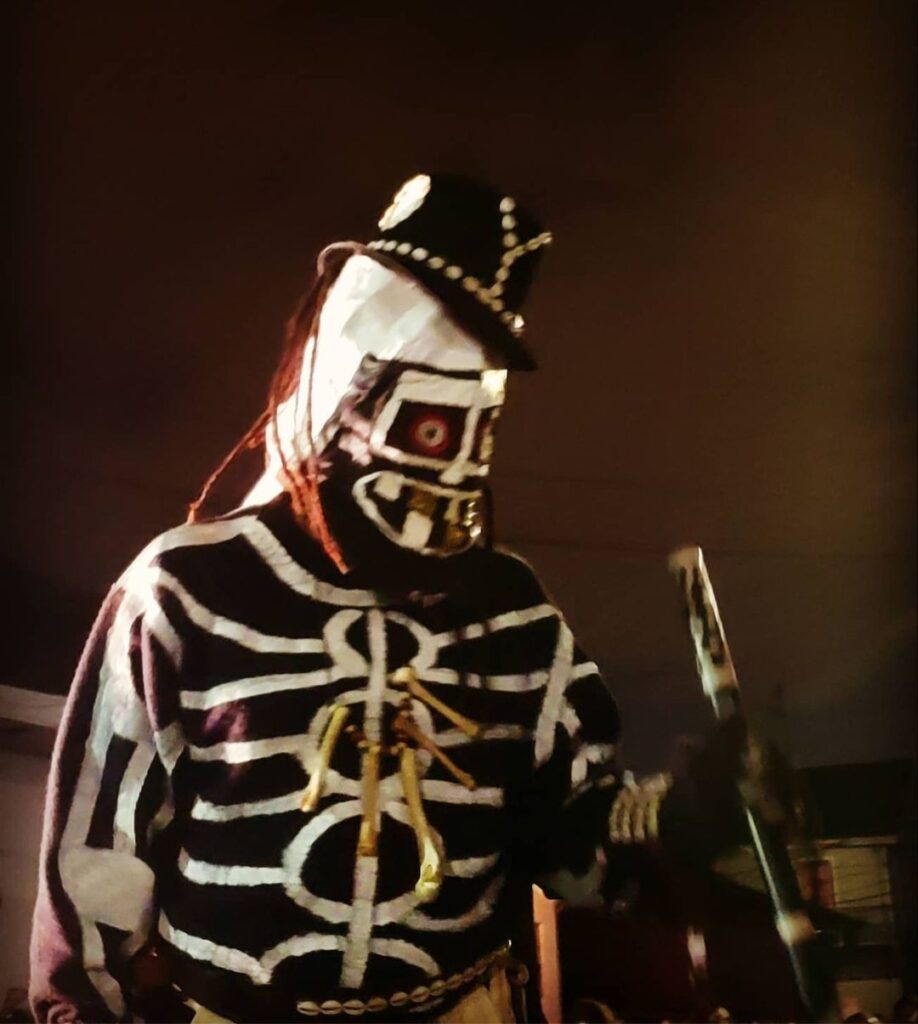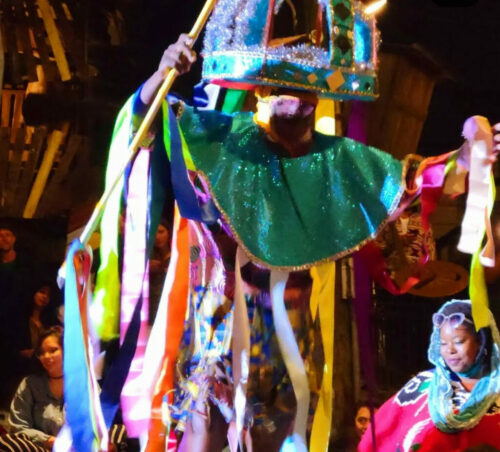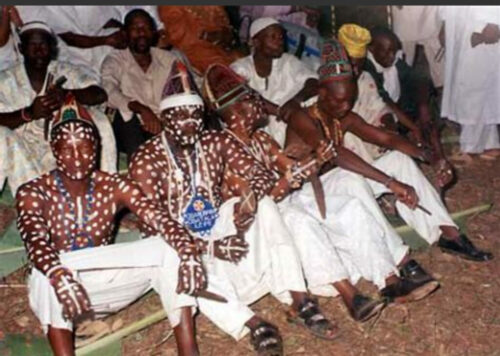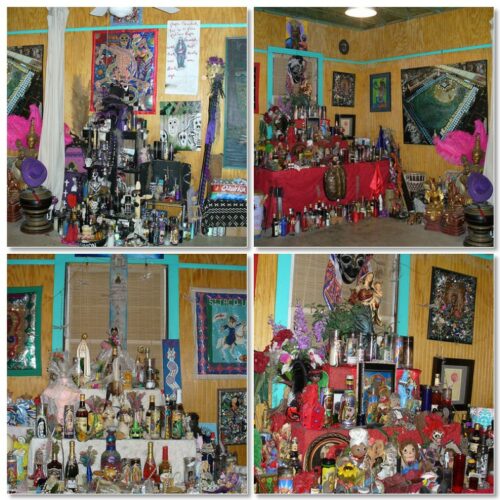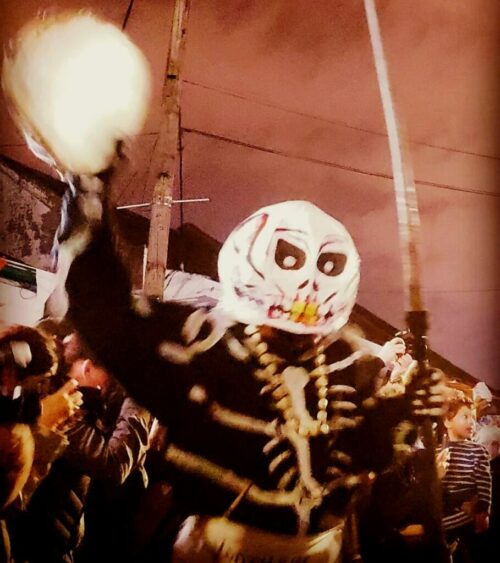What is Louisiana Voodoo?
Louisiana conjures up images of black bayous, alligators, and wild places where drums keep time to the ululations of some mad Voodoo queen. At least, that is the Hollywood version and Hollywood loves to distort things, especially Voodoo. There is so much mystery surrounding that word, mystery tainted by racism that is. Louisiana Voodoo or New Orleans Voodoo emerged out of West African religions which are some of the oldest in the world. Ethnic groups such as the Yoruba, Fon, Igbo, Ewe, and Bantu; just to name a few, were brought over via the Transatlantic slave trade where they were forced to hide their religions within colonial ones. The New Orleans area had a large representation of Yoruba and their religion heavily influenced what would later become known as Voodoo. There was also a Fon influence, but we will discuss them a bit later. The Yoruba predominantly inhabited what is modern day Southwestern Nigeria in a kingdom once known as Oyo. In order to better understand Louisiana Voodoo, let us begin with the Yoruba belief system. Please keep in mind that this will be an oversimplification of a complex belief system as there is not enough time to properly explore these religions in the span of a short article.
The roots of Louisiana voodoo
The Yoruba believe in one creator God that they call Olodumare. They also believe in spirits known as the Orisa. These spirits are here to keep us in balance by helping us in specific areas of life such as love or health. There are some Orisa that sit on your side and you or rule your life and others that you would like it to with as needed by erecting altars and leaving offerings. In Louisiana Voodoo, these spirits were hidden within the iconography of various Catholic saints. In addition, the Yoruba; like most West African ethnic groups, venerate their ancestors. This is all remarkably similar to the Fon/Ewe belief system because their kingdom of Dahomey sat adjacent to Oyo. They had cultural exchanges. These cultural exchanges are reflective in Louisiana Voodoo especially when compared to Haitian Vodun. The Fon/Ewe influences also crept in after the Haitian (formerly called Saint Domingue) slave uprisings in the late 1700s, early 1800s which caused the New Orleans’ population to more than double from those fleeing the violence. In the following paragraph, we will discuss the Fon/Ewe religion in order to fully appreciate the similarities of Vodun to the Yoruba beliefs.
The Fon/Ewe also believe in one creator called in some narrations by the name of Mawu, who is considered feminine. In other traditions, the creator is Mawu-Lisa, coming from Mawu which is the feminine moon and Lisa, the masculine sun. Again, in all these West African religions, there is the theme of balance. Here, the harmony of the divine feminine with the masculine. They too believe in spirits that they call the Lwa or sometimes spelled as Loa. The veneration of the ancestors is present as well. There is overlap between the Yoruba Orisa and the Fon/Ewe Lwa so that they are visually recognizable to one another right down to what you would leave on their altars.
Louisiana voodoo vs Haitian vodun.
Louisiana Voodoo and Haitian Vodun are more similar than they are different but there are divergences. Louisiana Voodoo tends to focus more on the individual. There is also a greater emphasis placed on ancestor veneration. These are important splits but nowhere do these two religions diverge more than in the fact that Louisiana Voodoo tends to be matrilineal and Haitian Vodun is patrilineal, owing to the demographics of each region in regards to enslavement.
Haiti; once called Saint-Domingue, generated incredible amounts of wealth for France due to the cultivation of “white gold” or sugar. Europeans quickly became addicted to the sweet stuff so that France all but clear cut the island to grow sugar cane. Sugar cane cultivation was arduous and life on sugar plantations was especially brutal. The average life expectancy rate for an enslaved individual was seven years or less after their sell date to a sugar plantation. They were literally worked to death. Because the toil was so demanding, the French predominantly imported enslaved men. Very few women were brought into the country and that disparity led to a more male dominated religion. It also created the bloody economics of the triangle trade where sugar was taken to Europe and sold. The money then went in part to Africa to purchase more souls that were taken to the island to work the sugar fields until they died and that tragic process just kept repeating.
New Orleans was an altogether different beast. The topography of the region meant that plantations were not very far from the city center. If an insurrection occurred, the city center was not far enough away that whites felt safe. They lived in fear of rebellion. Consequently, men were viewed as more dangerous. Women, less so and thus more women than men were brought to the colony. As a result, a more female dominated religion developed and once that tradition was established, it tended to remain in place even after there was a more balanced male to female ratio. It is worth noting that the concept of women playing a dominant role in society is not alien to the West African coast. The Akan; for example, existed under a matrilineal structure. The Yoruba thought gender less important than age and many of the Orisa express both male and female characteristics which plays into the overall theme of balance
Voodoo myths vs reality
It is worth noting what is not present in either of these religions. These religions are not the same as Black Magic or Witchcraft. There is no one holding a Voodoo doll to the flame while some poor soul rolls about in agony. There is no association with ghosts or vampires and no human sacrifice. Many of these myths emerged because white colonists were deliberately denigrating West African religions in order to spread their beliefs such as Protestantism and Catholicism. Belief in an afterlife is a powerful thing and whoever holds the key to that afterlife is hoping to hold power over those that believe. In this way, they were hoping to mitigate insurrections. Many tours in New Orleans focus on this false history, learn the real story on a our Voodoo Tour!
Is voodoo still practiced today in New Orleans
Voodoo is still practiced in New Orleans and the surrounding areas though what percentage of the population engages in this belief system is unclear. Again, West African religions have suffered from a colonial smear campaign. Voodoo, Vodun, Obea, Santoria, and Palo just to name a few are still racially stigmatized. White scholars often dismiss them as mere superstitions as though that would separate them from any belief system where an afterlife or concept of God cannot be proven. Ethnocentrism still permeates many an academic’s world view and if you believe that a group of people are not advanced enough to create a complicated spirituality then you are damning them to a sub par classification. Despite all of this, these West African religions prevail. There are numerous botanicas in the city. Botanicas are shops that sell herbs, charms, candles, remedies and other items for spiritual purposes. There are also numerous houses of worship though many of them would be hidden within their surroundings, looking like nothing more than someone’s home. If you visit Congo Square in Armstrong Park, located in the historic Treme’ neighborhood, on a Sunday afternoon you can witness what is basically an ancestor reverence ceremony. New Orleans still moves to an African beat and that makes it one of the most unique cities in the country.
Learn more on a Voodoo Walking Tour!
I hope this article has helped to dispel some of the myths surrounding Louisiana Voodoo and that it has inspired a desire to learn more. So come on down to New Orleans, take a tour, and learn the real history of the region. We will talk about all the aforementioned topics and more. We will even throw in a thing or two about Marie Laveau. You will be glad you did. Join us on a Voodoo Tour.

